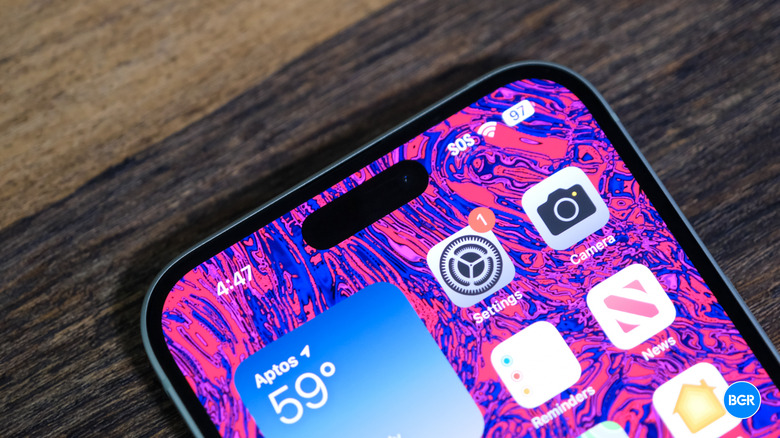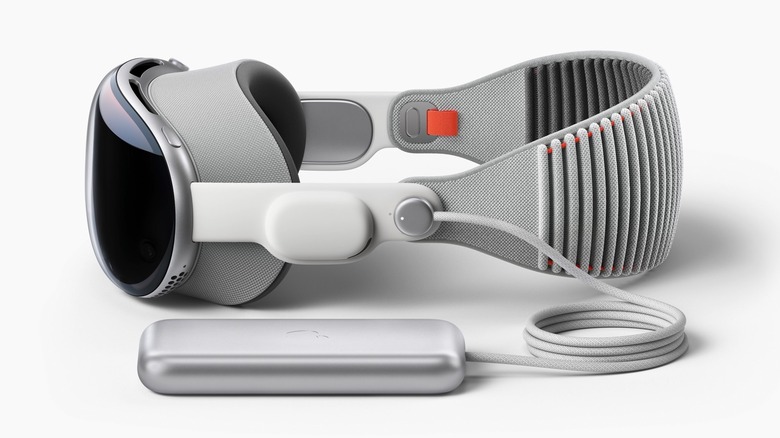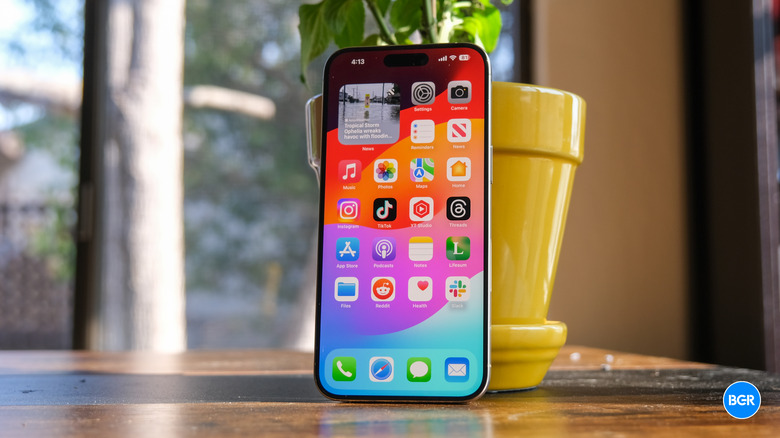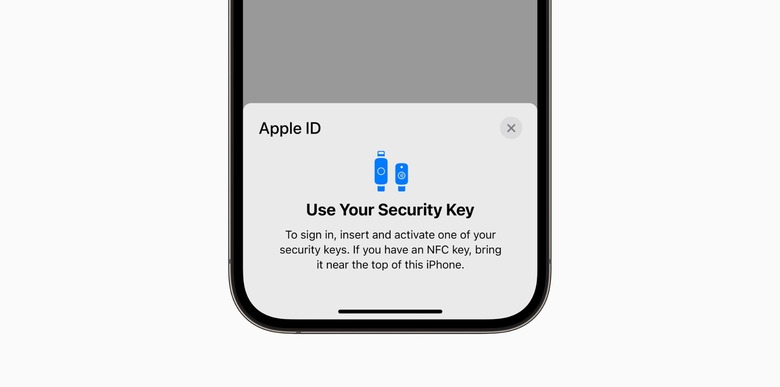Vision Pro Preorder Details May Hint At Upcoming iPhone Sideloading Restrictions
We're very close to a key development in iPhone history, the arrival of iPhone sideloading. It will happen on March 7th in the European Union countries, but it won't be a service Apple ever wanted to ship.
The EU's Digital Markets Act (DMA) will force Apple to implement the changes in iOS 17. Customers in Europe will be able to install apps from any source (sideloading). Third-party app stores will probably appear on the iPhone, and third-party payments will also be available to developers and consumers.
But once Apple turns on sideloading support in Europe, it will restrict this new iPhone app experience to the region. That's what reports say. The restrictions might go beyond geofencing. Some iPhone international users might try to bypass those with the help of VPN services.
While it's too early to know the rules of iPhone sideloading, there was one other event that's restricted to a single market that might reveal how Apple plans to implement the EU iOS changes. Vision Pro preorders went live on Friday, and international buyers can't really buy the spatial computer.
The Vision Pro restrictions
Apple launched the Vision Pro in the US first, as there's not enough stock to go around. That might be strange to hear, considering the steep $3,499 starting price for the headset. But Apple might not make more than 400,000 units in total this year. International launch events should follow in the coming months.
Meanwhile, the start of preorders in the US forced Apple to reveal all of the spatial computer's remaining secrets. We know the Vision Pro specs, weight, and AppleCare Plus cost. How is all this related to iPhone sideloading? Well, Apple placed a FAQ section on the Vision Pro preorder page that explains, among other things, whether international buyers can purchase the Vision Pro in the US and then use it abroad.
This is where we find this list of Vision Pro restrictions:
- Apple Vision Pro only supports English (US) for language and typing and English for Siri and Dictation.
- App Store requires an Apple ID with region set to the US.
- Purchases on Apple Music and TV app require an Apple ID with region set to the US.
- For customers with vision correction needs, ZEISS will only accept vision prescriptions written by US eye care professionals, and will only ship to US locations.
- Customers may not be able to access certain apps, features, or content due to licensing or other restrictions in those countries or regions.
- Apple Support is only available in the US
iPhone sideloading restrictions
The main issue here concerns the Apple ID. Apple requires an Apple ID with a region set to the US for the Vision Pro. The company might do the same thing with iPhone sideloading. It might require an Apple ID assigned to one of the 27 countries in the block. Therefore, international buyers would not be able to use sideloading even if they use a VPN service to pretend they're in Europe.
I'm only speculating, as Apple has yet to reveal any rules for iPhone sideloading. But this is the easiest way to impose restrictions.
If Apple ID location will matter, then there are two potential fixes. You can change your Apple ID region to an EU market or create a brand new one. But there are challenges with both.
What if you change your Apple ID region?
International Vision Pro buyers might think they can change their Apple ID country to the US to buy the spatial computer. And they can. But the process involves the following procedure:
- Spend any balance remaining on your Apple ID. If you're not sure whether you have a balance, check your Apple Account balance.
- Cancel your subscriptions and wait until the end of the subscription period.
- Wait for any memberships, pre-orders, movie rentals, or Season Passes to complete, and wait for any pending store credit refunds to process. You can cancel a pre-order.
- Make sure that you have a payment method for your new country or region. See what payment methods you can use.
- Redownload your apps, music, movies, TV shows, and books on any devices that you might use to play or read them in the future. Some types of content might not be available in your new country or region. Learn what types of content and services are available in your new country or region.
That's not just time-consuming; it's also annoying. Not to mention that ending an iCloud subscription would impact your backups briefly.
What if you create a new Apple ID for that region?
The other option is creating a different Apple ID for a different region. For the Vision Pro, you'll need one set to US. You'd presumably need one set to an EU country to enable iPhone sideloading.
But let's get back to the list above and focus on this bullet point:
- Make sure that you have a payment method for your new country or region. See what payment methods you can use.
While that applies to switching your Apple ID region, it will also apply to creating a new Apple ID. You'll need a valid payment method issued in that country. That's problematic. You might be able to use PayPal. But you might need a local credit or debit card, which will be difficult to get.
After that, there's the entire hassle of managing two different Apple IDs.
I think Apple should make sideloading available on iPhone internationally and leave the chips fall where they may. It's a futile PR battle to fight. But I don't think Apple is ready to give in that soon, so restrictions will probably apply once the EU gets sideloading.
If one's Apple ID is part of that, it'll be much more difficult for international iPhone owners to try to get sideloading to work on their devices. Not to mention, it might be useless to try to sideload apps on the iPhone, considering that iPhone apps won't get cheaper. Not really.



